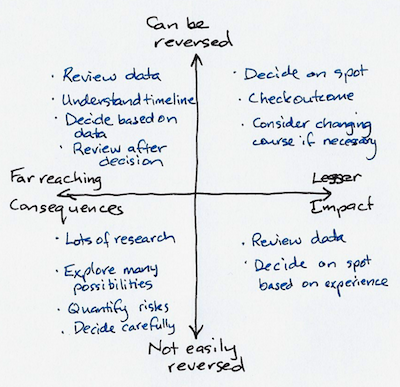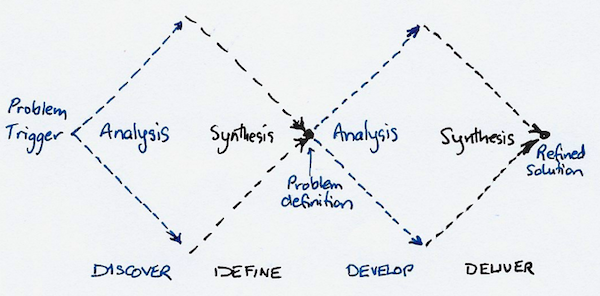It’s a horrible feeling when you’ve worked your butt off for a client and they give their next project to a competitor. You helped them become successful – and this is how they treat you?
The storyline might go like this:
Act I
You find someone who needs help and because their problem is in your sweet-spot you confidently describe what success looks like. The client is excited to have found someone who understands them. As anticipated, you deliver significant value quickly. It’s true love and the honeymoon begins.
Act II
Once the quick wins are completed, results inevitably slow as you move into a business-as-usual pattern. You continue achieving gains for your client, however they don’t have the same impact as the first big project. The client has many priorities and your meetings become more operational. You have fewer face-to-face meetings with senior executives.
Act III
The client talks to a competitor: you are in shock. By the time you meet the key decision-maker, they’ve decided to test a new supplier. They “want to avoid being dependent on a single partner.” Besides, they like the idea of competition keeping everyone honest. You leave the meeting wanting to fire them as a client.
What to do
This familiar pattern has played out in medieval courts and modern boardrooms. How do you avoid being caught in the ‘familiarity breeds contempt’ trap?
1. Build client relationships on hope rather than gratitude. Maintain a laser focus on your client’s desires and dreams. They must see you as crucial to reaching their desired future – your job is to give them hope. Inspire your client to dream big. If you can’t inspire your client, someone else will.
2. Memorialise your wins. Big mistakes automatically become part of your client’s business mythology. These are the stories they talk about long after the individuals involved have moved on. However, successes take extra effort to become stories that are retold. Constantly look for ways to keep successes alive in your client’s story-telling. Retrospectives and project reviews are a good start. Ad agencies have created an awards industry to stage this for maximum effect. The main job of those trophies in reception are to remind existing clients of their shared success with the agency. This must start from the first project and continue for each piece of completed work.
3. Give clients an active role in the work. Collaboration shouldn’t be limited to your team or industry partnerships. Involve your client in the delivery process and help them understand first-hand the skill and dexterity you bring to the job. Working together is the ideal context for developing high hopes for the next big project.
Keep your client’s faith by connecting their hopes to your work. Relying on past success fails because people naturally look to the future and have a very temporary sense of gratitude – this is normal.
Your client’s gratitude is important, it’s just that you can’t rely on this to build long-term relationships. There is a short period after the delivery of work where your client’s gratitude matters, but you have to remember how this rises and falls.
The Curve of Gratitude
Use this natural flow to pick the best time to talk to your client about future goals. Wait until your team has completed the current project – clients want to see you finish before sitting down and planning the next one. But if you leave it too long you will lose the emotional enthusiasm for the good work you have done.
It would be lovely if clients remembered all the good work you did for them, but that’s not how people function. We are configured to look forwards, not backwards. Our clients’ focus is on the next mountain to climb, rather than past peaks scaled.












